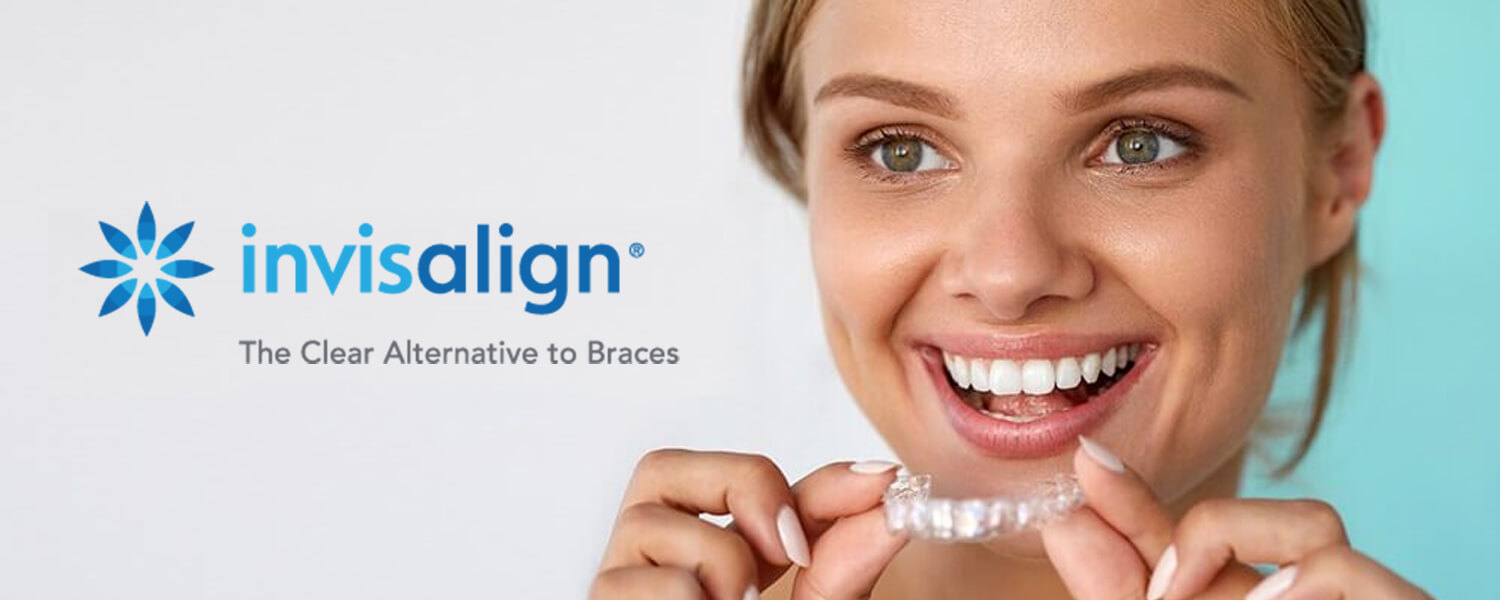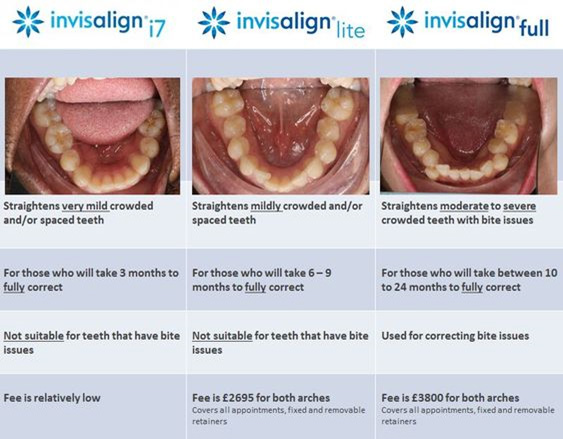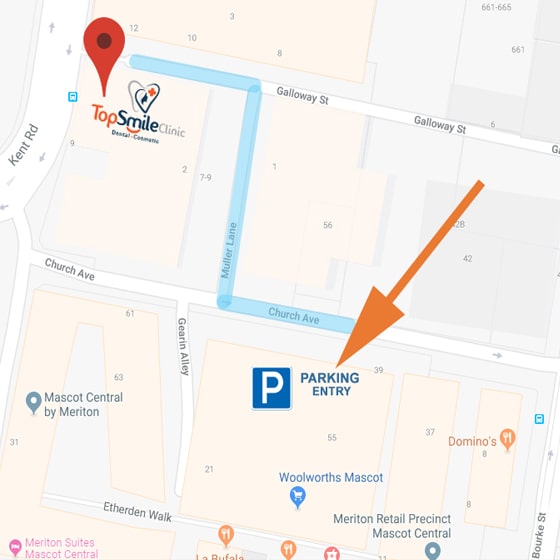Invisalign


The Invisalign® treatment consists of a series of clear aligners, thin plastic trays, that apply a constant force to teeth to affect their movement and are changed every two weeks. They look a little like a traditional mouthguard, made of a thin, lightweight, clear plastic. The aligners are worn day and night but can be removed when eating, flossing or cleaning your teeth. As each aligner is worn and changed, they move the teeth very gradually until the required result is achieved.
Many adults who have bite problems or crooked teeth refrain from having their teeth straightened simply because they don’t want to be seen in the workplace wearing ‘railroad track’ braces. Invisalign® elegantly solves this problem. They are virtually undetectable. And they’re more comfortable – in fact, many people soon forget they’re wearing them.
Another advantage is that the aligners can be removed for brief periods. While they should be worn constantly, it is acceptable to remove them for a maximum of two hours a day – perfect for special occasions or big presentations.
During your initial consultation we will take the time to understand the nature of your orthodontic concerns. And assess if you are an eligible candidate who would benefit from Invisalign treatment.
Then, after taking detailed impressions of your mouth you would be provided with your first set of aligners. These are changed on a fortnightly basis to move your teeth. During regular appointments with your Invisalign dentist every 6-8 weeks you would be provided with a new set of aligners until your treatment plan is complete. These regular appointments are also important as they allow us the opportunity to effectively monitor the progress of your treatment, ensuring your teeth are moving towards their desired location.
Created using the latest digital mapping and melding technology, Clear Aligners are wafer-thin, transparent trays of smooth, comfortable and virtually invisible plastic, which fit snugly on your teeth and gradually and gently shift your teeth into place to give you a perfect smile. Based on the exact movements your dentist or orthodontist plans out for you, aligners offer you all the benefits of conventional orthodontics without the inconvenience of having to wear brackets and wires. They are removable, so you can take them out to eat, drink or brush and the clear edges don’t irritate your gums or cheeks.
The typical price of Invisalign braces is usually a bit more costly than regular braces. The average cost, according to the manufacturer, is between $3,500 and $8,000. Your dentist or orthodontist may give you a cheaper estimate of the price.
Invisalign does hurt. In general, it is less painful than traditional metal braces, and like any type of orthodontic treatment, the pain fades after the teeth adjust to wearing the aligners and to having new aligners swapped in and out. There are a few sources of pain when it comes to Invisalign. These are, first, the soreness that comes from the aligners pressing against the teeth, and second, the pain that comes with having the aligners in your mouth.
With traditional metal braces, some of the pain that you feel comes from the brackets rubbing against the inside of the mouth and from the placement of the wire, Especially during the first few weeks of treatment, before the mouth has developed calluses to combat sensitivity, the pressing, rubbing, and scratching of the metal components against your mouth can be very uncomfortable. The same can be said for Invisalign aligners, but on a smaller scale. The edges of the aligners, while not sharp, can be irritating to your gums and the insides of your lips as your mouth gets used to wearing them. Over the first couple of weeks, however, the mouth will adjust to the feeling of wearing the aligners and will develop the necessary calluses to prevent irritation. By the time you need to switch your first set of aligners for the next stage, your mouth is likely to be fully adjusted to wearing the plastic retainers and you won’t experience any peripheral pain.
This doesn’t mean, of course, that your Invisalign will be completely pain free. Because the whole point of Invisalign is to shift your teeth into a straighter , healthier smile, the aligners have to put pressure on the teeth. Putting pressure on the teeth means soreness. This soreness can be pronounced during the first few days after putting in a fresh set of aligners, but it eventually wanes, until it is time to put in another set of aligners. Few Invisalign wearers would describe this sensation as pain, per se. For most people, it is simply discomfort, and a discomfort that you get used to and then forget about once it is over. For those with a low pain tolerance, however, it can be very uncomfortable and, at time, painful but worth it.
The expansion appliance may provide more space for the teeth as the palate is widened, but it may not be enough space to avoid extractions. Patients may need both to fix overcrowding. If you or your child is experiencing overcrowding of teeth, it is possible that Invisalign could help.
On average, it takes anywhere from 6 to 12 months for your teeth to start moving back in to place—but you may start to see the first signs of your teeth shifting back into place during the first two weeks. It's important that you wear the aligners day and night and only take them to a minimum.
While wearing Invisalign, you can only drink cold water and maybe some clear sparkling water. Hot tea will stain and warp the aligners. Sugary and alcoholic drinks will lead to plaque build-up.
While the Invisalign® trays are removable and you can technically smoke or use tobacco products while undergoing treatment however it's a very bad idea. The tobacco can stain the aligner trays, and it can also lead to major issues with your overall health and wellness.
Bruxism refers to teeth grinding or clenching, while some patients find that the Invisalign aligners prevent bruxism, others continue to grind during treatment, which can cause premature wear on their aligners. This damage can be addressed with the use of a bite splint or night guard.
Invisalign aligners should be worn between 20 to 22 hours per day. Essentially, they should remain in your mouth as much as possible for the treatment to be effective. That being said, aligners can (and should) be temporarily removed when eating, brushing, and flossing.




















































